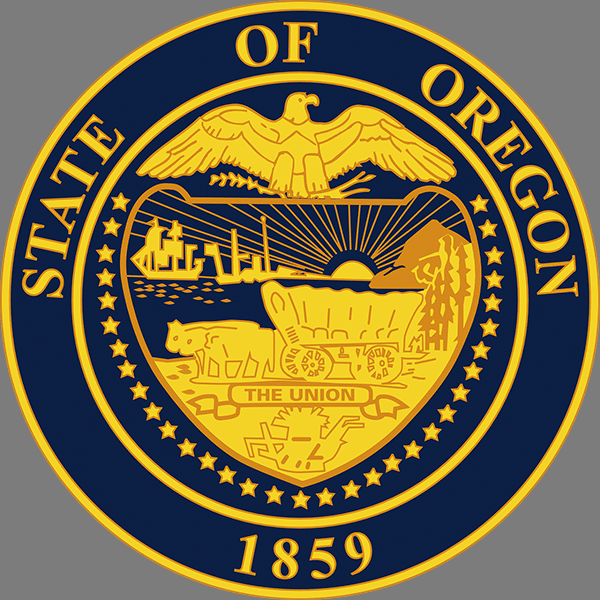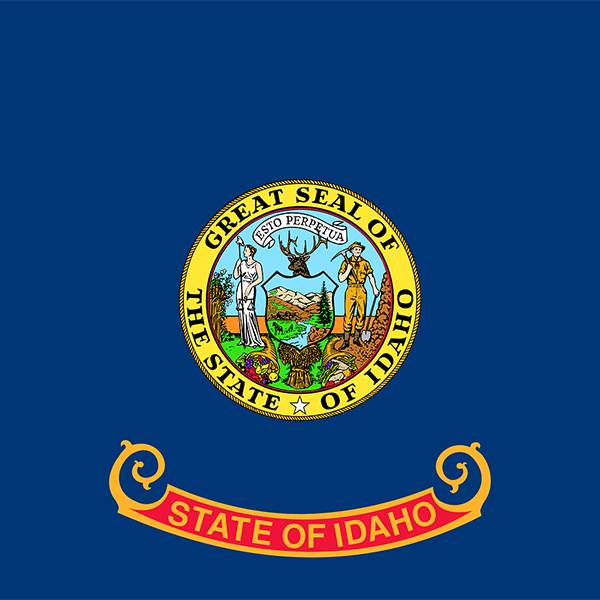The U.S. Senate today passed a bi-partisan infrastructure bill that includes $65 billion for broadband, the majority of which would go toward deployments in unserved and underserved areas. Some stakeholders considered passing the Senate to be the biggest hurdle the bill would have to face.
If signed into law, the bill would give much of the responsibility for awarding broadband deployment funding to individual states under the direction of the Commerce Department, according to the full text of the infrastructure bill posted on the website of bill sponsor Senator Krysten Sinema (D-Arizona). That plan is consistent with a draft of the bill about which Telecompetitor reported recently.
Also as expected, the bill would target areas where service at speeds of at least 25/3 Mbps is not available and would require funding recipients to deploy service at speeds of at least 100/20 Mbps.
The amount to be awarded to the states is $42.45 billion, which would be allocated in a manner proportionate to the percentage of unserved locations in each state. Awarding funding to individual projects would be “formula-based,” according to a summary of the bill posted on the web page of bill sponsor Senator Robert Portman (R-Ohio).
States would be required to have plans to address all unserved areas before funding projects in underserved areas. As a third-level priority, states would be able to fund projects to connect anchor institutions.
Funding recipients would be required to offer a low-cost broadband plan.
Affordability, Adoption and More
Per the bill summary, the remainder of the broadband funding in the bill passed by the Senate includes:
- $1 billion for middle mile networks, defined as “a dedicated line that transmits a signal to and from an internet point of presence,” the bill summary explains
- $600 million to enable states to issue private activity bonds to finance broadband deployment in rural areas where a majority of households do not have broadband access
- $2 billion in additional support for rural areas through the U.S. Department of Agriculture, including the ReConnect program that provides loans, grants and loan/grant combinations to fund broadband deployments
- $2 billion for the Tribal Broadband Connectivity program, which was established in the December 2020 COVID-19 relief package and is administered by the NTIA
- $2.75 billion to establish two NTIA administered programs to promote digital inclusion and equity for communities that “lack the skills, technologies and support needed to take advantage of broadband connections.” One program would use a formula to make awards while the other would be “competitive”
- $14.2 billion for a “sustainable” Affordability Connectivity Benefit that would provide a $30 per month voucher for low-income families to use toward any internet service plan of their choosing.
Stakeholder Reaction
A range of stakeholder organizations issued statements that, in general, praised the Senate passage of the infrastructure bill, although some reservations were expressed.
“For too long, broadband was seen as a ‘nice to have,’ but if the pandemic has taught us anything, it’s that robust, reliable and affordable connectivity is a necessity,” said Shirley Bloomfield, CEO of NTCA–The Rural Broadband Association. “This funding presents an opportunity to make great strides toward . . . connecting all Americans and, if implemented wisely, could go a long way toward bridging the digital divide for a generation or longer.”
“This bill has the potential to connect many millions of unserved locations across the country and some 30 million households that have access to broadband but don’t currently subscribe,” said Matthew M. Polka, president and CEO of ACA Connects.
The Communications Workers of America praised a clause in the bill that prioritizes broadband projects from “entities that have a demonstrated record of and plans to be in compliance with federal labor and employment laws.”
Kathyn de Wit, project director of the broadband access initiative at The Pew Charitable Trusts, expressed support for the bill’s acknowledgement of “the crucial role that states play in expanding broadband access.” She also said she was pleased that the bill includes funds for broadband adoption and affordability.
Comments from competitive carrier association INCOMPAS were lukewarm. While calling the bipartisan agreement “significant,” INCOMPAS CEO Chip Pickering said the FCC and Congress must continue to address the U.S.’s slow speed benchmark—an apparent reference to the requirement for funding recipients to deploy 100/20 Mbps service. INCOMPAS has advocated a gigabit speed target.
Jonathan Spalter, president and CEO of USTelecom—The Broadband Association, also had mixed reviews for the bill.
On the one hand, he said that the bill “represents progress on our shared universal connectivity goals.” On the other hand, he expressed concern that “some in Washington continue to be chronically allergic to the notion that America’s broadband providers – today, right now – deliver world-class connectivity, affordable and valuable service plans, reliability and network capacity that have been a technological and economic boon and solidified our global digital leadership.”
Spalter didn’t detail the specific aspects of the bill to which his comments referred.



